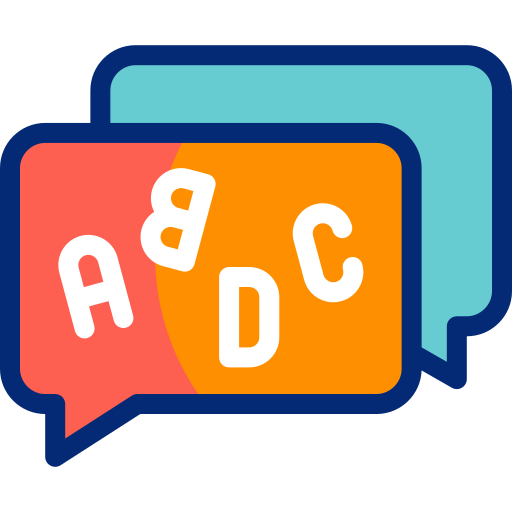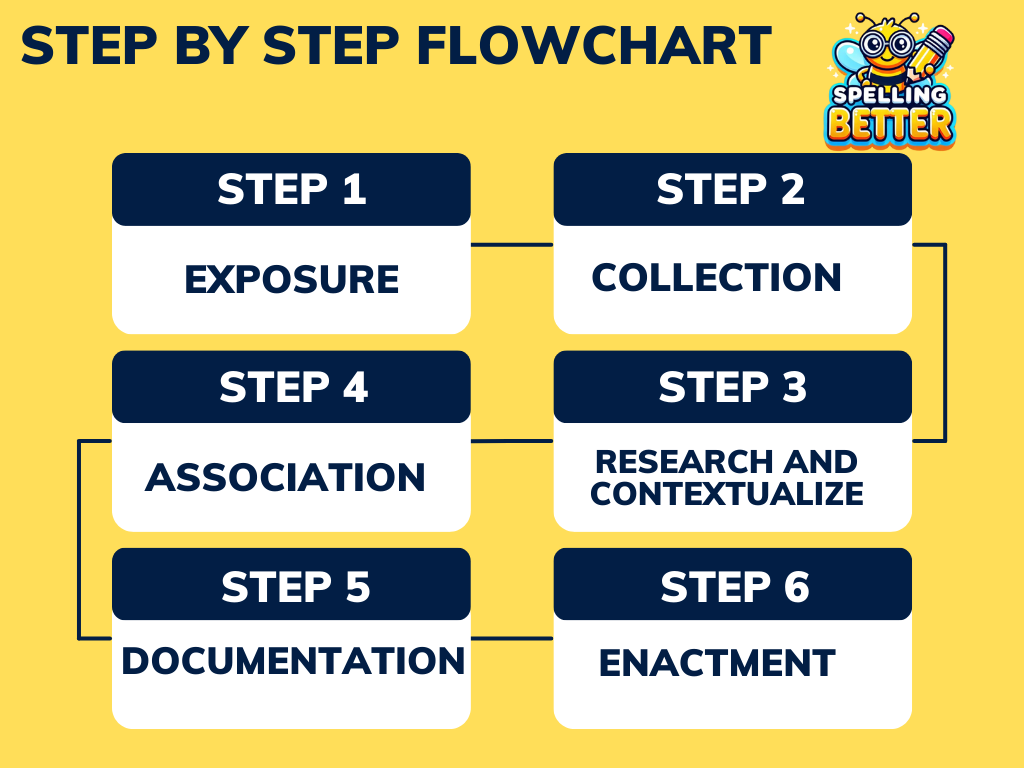
- Amal Augustine
- January 22, 2025
Step-by-Step Guide to Build Your Vocabulary and Boost Communication Skills
- Today’s NYT Spelling Bee Pangram and Word List – June 11, 2025 - June 12, 2025
- Today’s NYT Spelling Bee Pangram & Word List – Full Breakdown - May 3, 2025
- NYT Spelling Bee Answers for Today’s Pangram Solutions - May 2, 2025

Did you know that one of the most important challenges people face in their professional life is the inability to communicate their ideas effectively? Communication skills are the foundation of professional success, and their absence often becomes a significant hurdle in personal and career growth.
Language plays a crucial role in this, particularly English, which is widely regarded as a universal medium for professional and global interaction. A strong vocabulary doesn’t just enhance your ability to express yourself but also helps you connect more effectively with others.
For this reason, it’s important to prioritize vocabulary-building as early as possible. If you’re wondering where to begin or how to approach this systematically, we’ve created a step-by-step guide to help you expand your vocabulary effortlessly.
The Vocabulary-Building Flow: Step-by-Step Process

Expanding your vocabulary might seem daunting if you don’t approach it smartly. It’s not memorization that works best, but contextualization. By following this routine, you’ll gain greater confidence and ease while communicating with the people around you.
Step 1: Exposure (Immerse Yourself in English)
Did you know that we become what we consume the most over time? Yes, you heard that right.
The content we are most exposed to shapes how we think, act, and communicate. This is why it’s important to be mindful of what you consume consciously and subconsciously. By exposing yourself to English media, you naturally encounter new words and phrases in context, making vocabulary building an organic part of the process.
The first step in the routine encourages you to pick a show that aligns with your preferences and a book of your choice—both entirely in English.
Step 2: Collection (Pick Words That Excite You)
The next step in this routine is to collect a certain number of words (anywhere between 2-5) each day.
Focus on words that genuinely capture your interest and resonate with your personality, as these are the ones you’ll be most motivated to learn and use.
Step 3: Research and Contextualize (Dive Into Meanings and Usage)
Use the Merriam-Webster dictionary https://www.merriam-webster.com/ online to search for the meanings of your selected words. Carefully examine and understand the various contexts in which they can be used.
With the internet readily available, take advantage of this vast resource to expand your knowledge and deepen your understanding.
Step 4: Association (Create Strong Word Connections)
Once you understand the meanings and contexts of your chosen words, it’s essential to retain them in your memory. For better retention, develop a simple yet effective tactic: association.
Connect the words you’ve discovered with an image or another familiar word. For example, to remember the word ‘persistent,’ you could visualize a runner pushing forward on a steep hill, linking the image of determination to the word.
These creative links will help you retain both the word and its meaning more effectively.
Step 5: Documentation (Keep a Vocabulary Journal)
Document the words you’ve learned each day in a notebook of your choice. Include the date, the source where you found the word, its meaning, and the associations you’ve drawn.
For example, if you learned the word ‘meticulous,’ write down its meaning as ‘showing great attention to detail,’ and note its source, such as a book or conversation. This notebook will serve as your Vocabulary Journal—your best friend in this journey.
Step 6: Enactment (Practice in Real-Life Scenarios)
We’re not done yet! A common mistake is treating language as a formula to memorize and jot down without ever using it practically.
To make your efforts meaningful, visualize real-life scenarios where you can use the words you’ve learned that day.
For instance, imagine explaining a concept to a friend by saying,
“The presentation required meticulous attention to detail, which helped highlight the key points effectively.”
Or picture yourself ordering at a restaurant, saying,
“Could you recommend a dish that’s particularly popular here? I’d like to make a well-informed choice.”
Practicing in such contexts makes the words more familiar and boosts your confidence in using them naturally. This practical exercise is essential for building confidence, improving fluency, and ensuring ease in communication.
Building a vocabulary with a good understanding of how to contextualize and use words appropriately is vital for effortless communication.
| Step No. | Step Name | Description | ||
| 1 | Exposure |
Immerse yourself in English through media like books, shows, and articles.
|
||
| 2 | Collection |
Collect 2-5 words daily that capture your interest and align with your personality.
|
||
| 3 |
Research and Contextualize
|
Use a dictionary to understand the meanings and contexts of your collected words.
|
||
| 4 | Association |
Create associations with images or familiar words for better retention.
|
||
| 5 | Documentation |
Maintain a vocabulary journal to record meanings, sources, and associations.
|
||
| 6 | Enactment |
Practice using the words in real-life scenarios to boost confidence and fluency.
|
Remember, language proficiency isn’t an overnight miracle. However, with consistent effort and a structured approach, you’ll see significant progress. Start your journey today by applying these steps and celebrate every small milestone along the way. With dedication, you’ll not only expand your vocabulary but also transform the way you express yourself and connect with others.
Amal Augustine is the founder of Spelling Better, a cutting-edge educational app built to help students, spelling bee participants, and language learners improve their vocabulary, spelling accuracy, and word recall through interactive games, pangram challenges, and real-time quizzes.
He holds a Bachelor’s degree in Computer Science from St. Stephen’s College, University of Delhi. He is currently pursuing his Master’s in Information Security at National Sun Yat-sen University, Taiwan.
